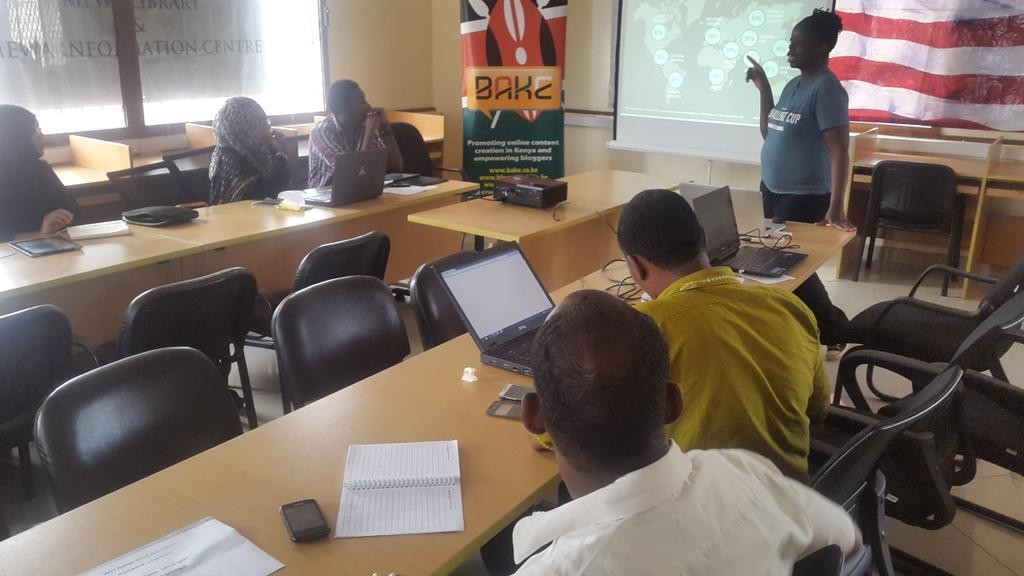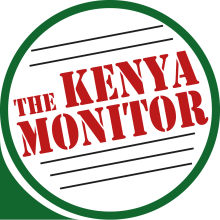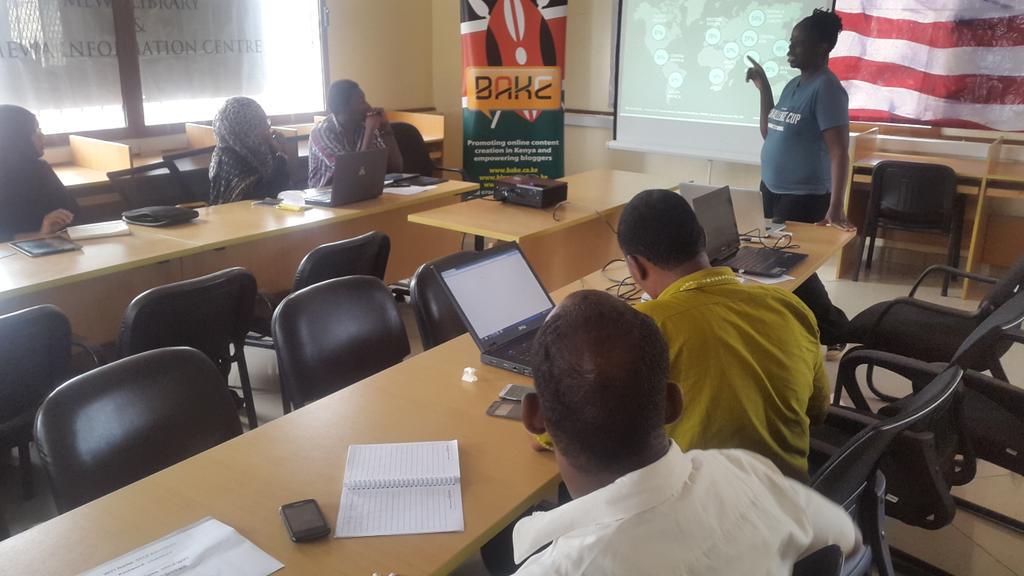
As Jukumu Letu gears for the forthcoming launch to be held at Mama Ngina Drive in Mombasa, it is emerging that residents are unaware of further decentralized services and offices by the County Government of Mombasa. A number of activities have been taking place in Mombasa to create awareness and community participation in the launch. One of those is the training on social media and blogging that was carried out at the Muslim Education and Welfare Association (MEWA) in Majengo. The training brought together individuals from Mombasa interested in learning how to utilize freely available tools on the internet to engage and create content especially on issues of governance.
The Bloggers Association of Kenya (BAKE) as a partner institution in the Jukumu Letu initiative took the participants through various aspects of blogging and social media. Using social media, residents can utilize various social media channels to get information from the County Government and its departments. Using this information, it is possible to carry out a social audit of the government, give feedback and engage on the same.
Jukumu Letu aims to establish a link between democracy, governance and basic needs. For this to be achieved, citizens need to understand county and central government structures, their roles and know the people that occupy the positions. Having this knowledge is important for citizens to be able to take action in the right manner and following the right channels. To this end, the participants were taken through various articles of the constitution by Mr. Kawive Wambua, a governance specialist and consultant for the Jukumu Letu project.
The Kenya constitution is anchored on the sovereignty of the people. As stated in the katiba,
‘All sovereign power belongs to the people of Kenya and shall be exercised only in accordance with this Constitution’
therefore by giving constitutional knowledge to the people, Jukumu Letu is making citizens aware of their power.
The interactive discussion took time to breakdown the county government structures as laid out in the County Governments Act. Most of the participants were completely unaware of the county decentralized units as defined in part 6 of the Act. Many of those present were oblivious to the roles of sub-county administrators and ward administrators. According to the constitution:
‘The sub-county administrator shall have qualifications and knowledge in administration or management and shall be competitively appointed by the County Public Service Board in accordance with the provisions of this Act.’
The role of the Sub-County administrator include the development of policies and plans, service delivery, facilitation of the participation of citizens in the development of policies among others.
It also emerged that the participants are not aware of the presence of ward administrators or their offices. The possible absence of these structures makes it more difficult for citizens to participate in governance and therefore unable to get the county to hear and address their concerns.
As set out in the constitution the functions in the county can be delegated through structures that include the county secretary, county chief officer, sub-county or Ward administrator and village administrator.
In accordance with the law, the citizens are also allowed to recall a member of the county assembly. Therefore, it is not necessary for members of the public to wait until the next elections to remove an office holder who they feel has not delivered on their duties especially if and when they break the law in one way or another.


